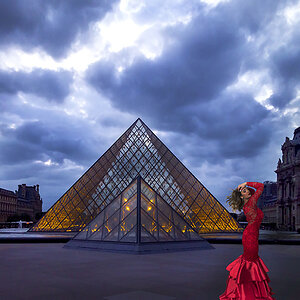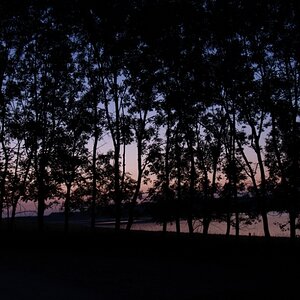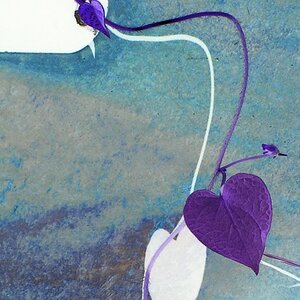Josh220
No longer a newbie, moving up!
- Joined
- May 23, 2009
- Messages
- 1,730
- Reaction score
- 83
- Location
- California
- Can others edit my Photos
- Photos NOT OK to edit
What's the best ways help take focused shots outside when it is cloudy with poor lighting?
Higher ISO, White balance, tripod, am i missing anything other than faster glass? Would an external flash help with anything other than close-up shots like portraits?
Thanks
Higher ISO, White balance, tripod, am i missing anything other than faster glass? Would an external flash help with anything other than close-up shots like portraits?
Thanks


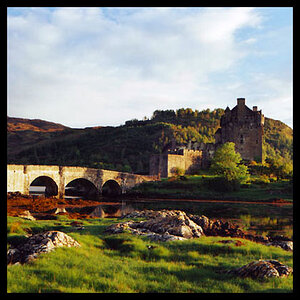
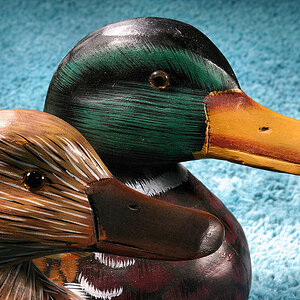
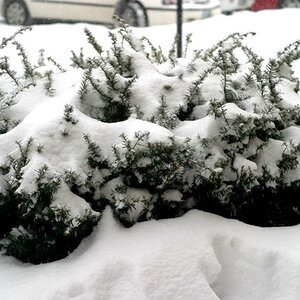
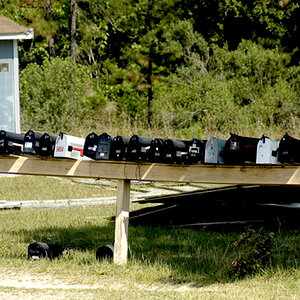
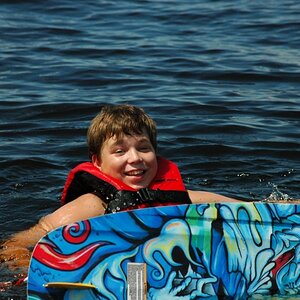
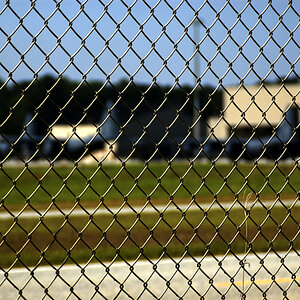
![[No title]](/data/xfmg/thumbnail/31/31016-072880d9bc086c9fe71b9b1ae48603d4.jpg?1619734571)
![[No title]](/data/xfmg/thumbnail/31/31018-a537939c7ad9fc1126461101c651a8a0.jpg?1619734572)
